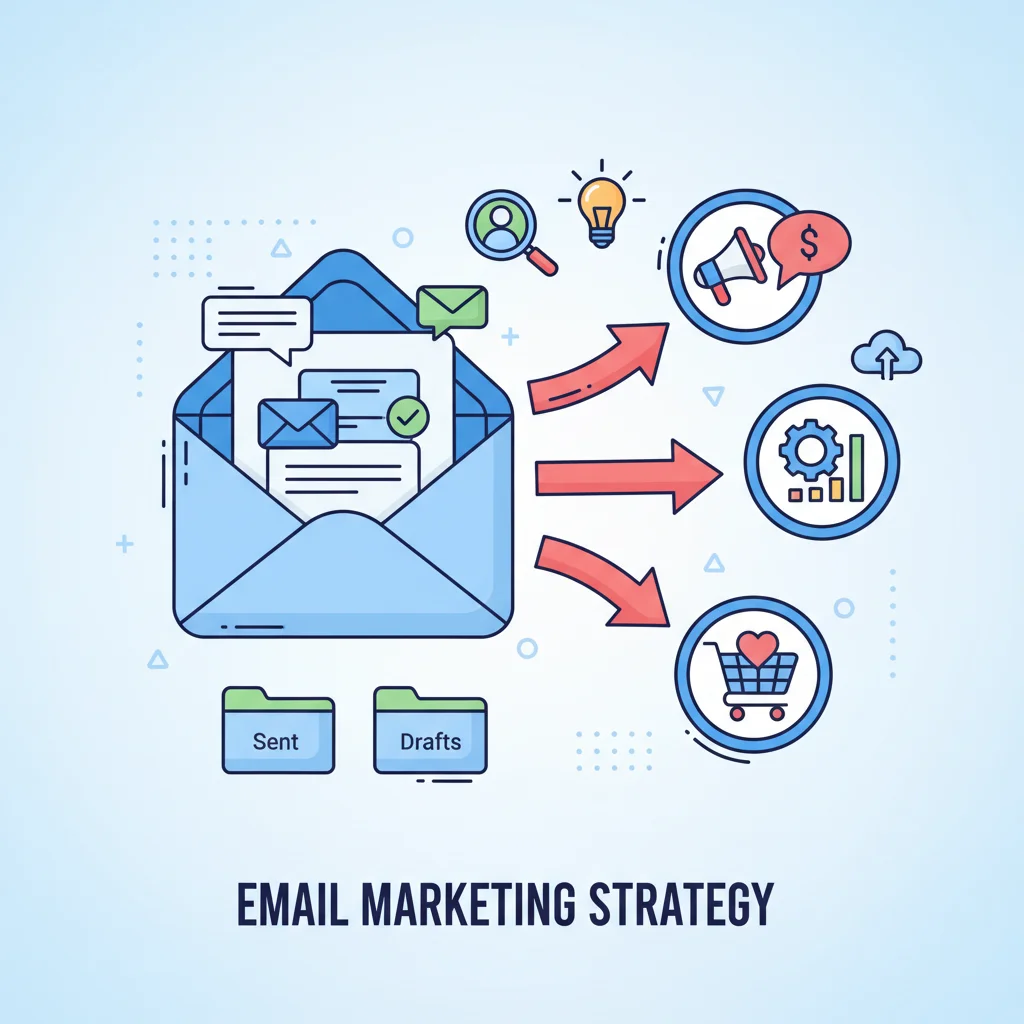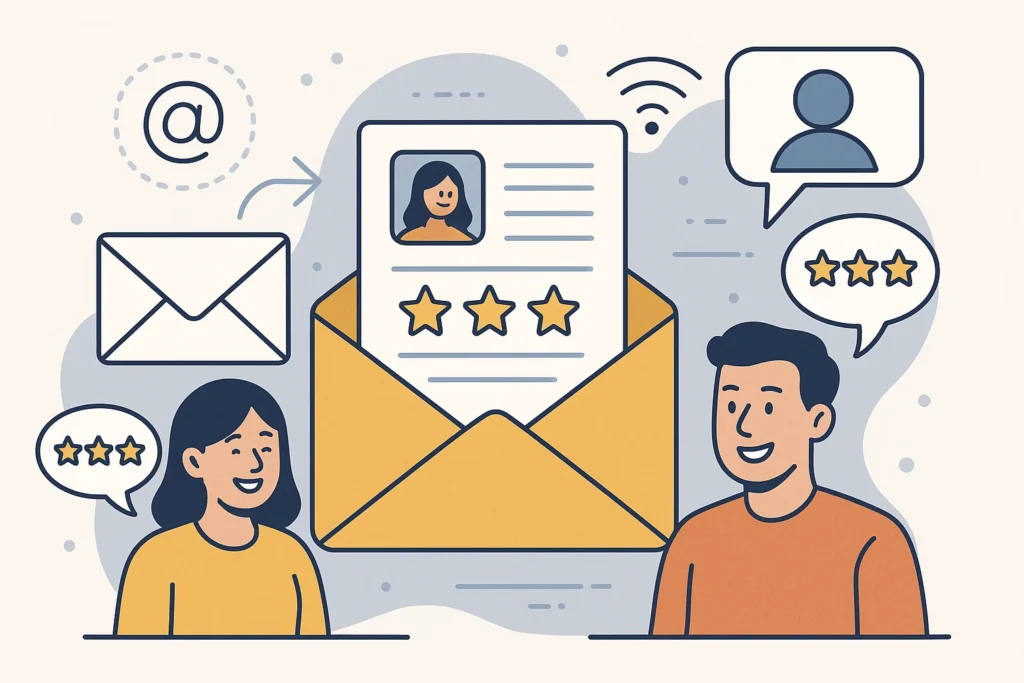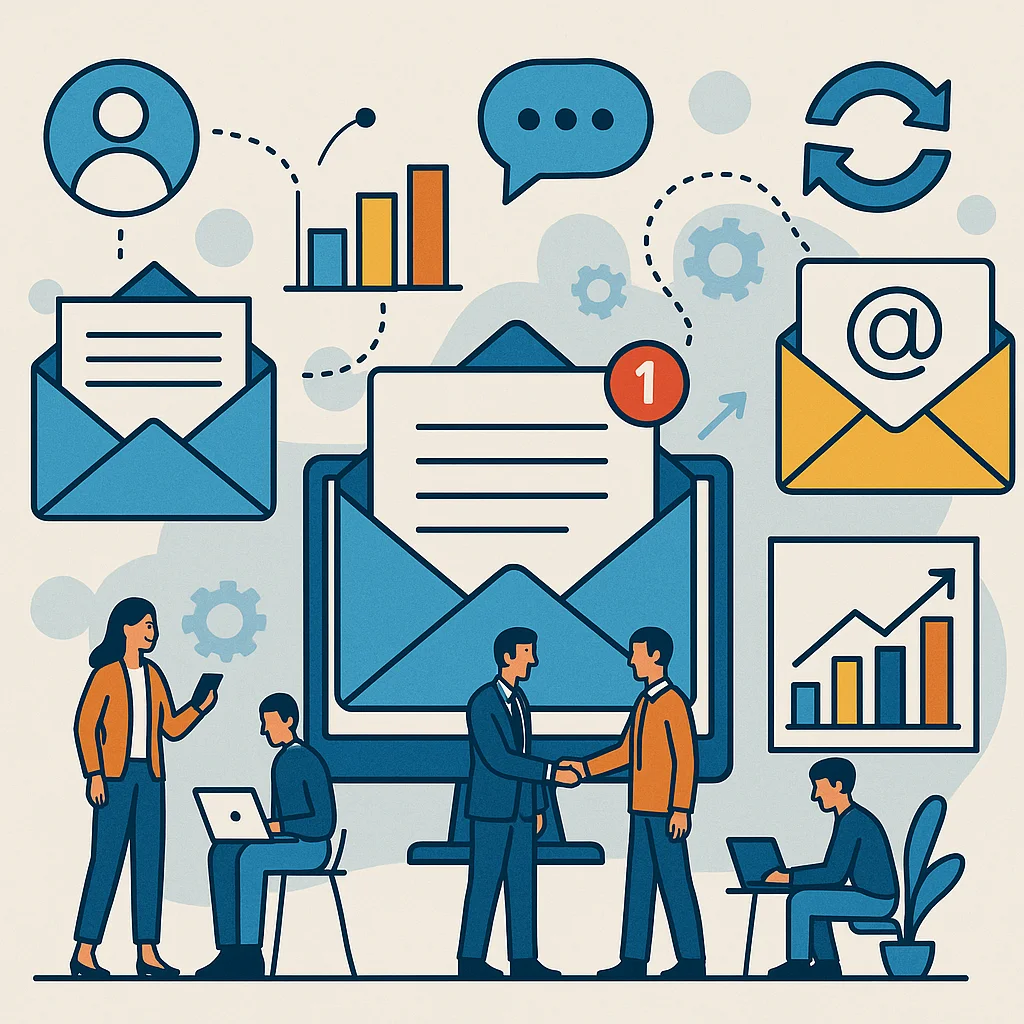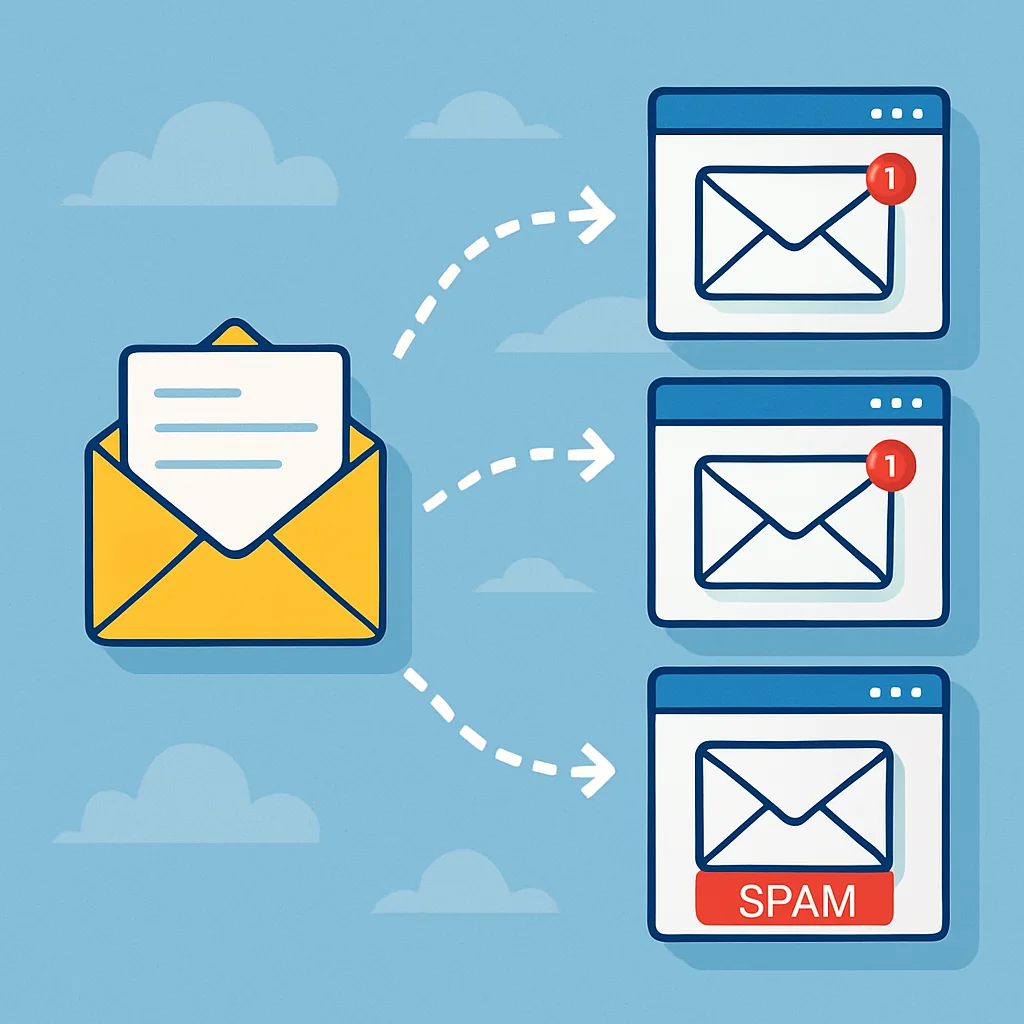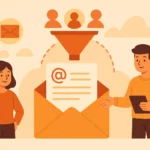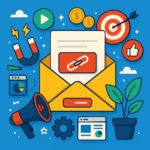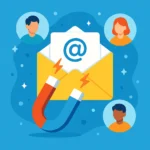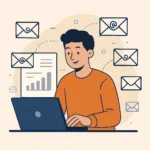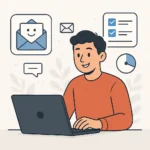Now Reading: Use Email Segmentation Effectively to Skyrocket Your Conversions
-
01
Use Email Segmentation Effectively to Skyrocket Your Conversions
Use Email Segmentation Effectively to Skyrocket Your Conversions
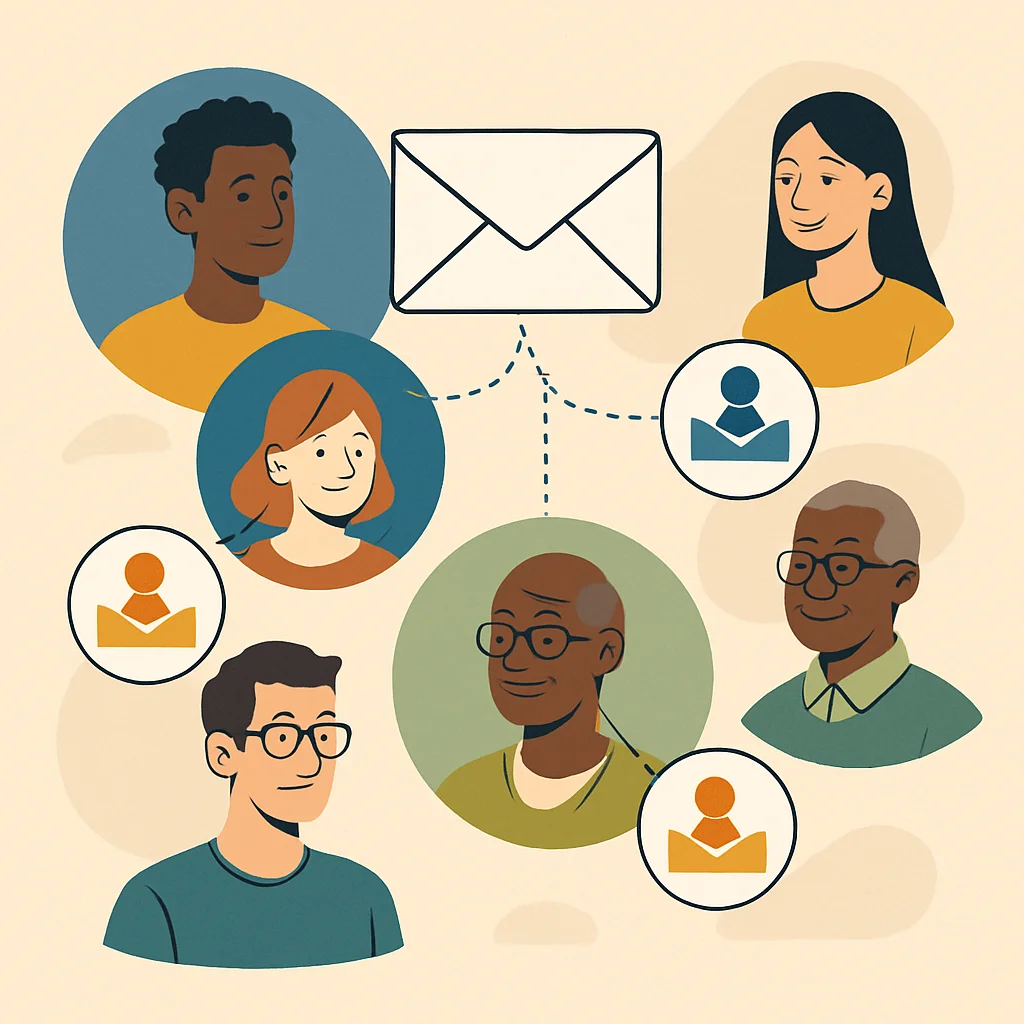
Before I discovered email segmentation, my campaigns were like shouting into a void-lots of effort with minimal returns. After implementing strategic segmentation, my open rates jumped by 25% and conversions tripled. The bridge between these two realities? Learning to use email segmentation effectively, which I’m about to show you how to do.
Key Takeaways
Email segmentation is the practice of dividing your email subscribers into smaller groups based on specific criteria to deliver more targeted and relevant content. Here’s how to use it effectively:
- Definition: Email segmentation splits your audience into distinct groups based on demographics, behavior, preferences, or engagement levels
- Purpose: To send personalized, relevant content that resonates with specific audience segments
- Benefits: Higher open rates (up to 14.31% higher), increased click-throughs, better deliverability, and improved conversion rates
- Implementation: Start by collecting the right data, choose segmentation criteria that align with your goals, and use your email platform’s segmentation tools
- Best practice: Begin with basic segments and gradually implement more sophisticated segmentation as you gather more subscriber data
What Is Email Segmentation?
Ever feel like some companies just “get you” with their emails, while others seem totally off-base? That’s the difference between segmented and unsegmented email marketing.
Email segmentation is the process of dividing your email list into smaller, more targeted groups based on specific criteria. Instead of blasting the same message to everyone (yawn), you send tailored content to different segments of your audience.
Think of it like this: rather than throwing a party and playing the same music for everyone from your teenage cousin to your grandma, you create different playlists for different groups. Much better experience, right?
When you use email segmentation effectively, you’re essentially saying, “I see you as an individual with specific needs and interests” rather than “You’re just another email address on my list.”
Why Segmentation Matters
Let’s be real-nobody wants to wade through irrelevant emails. When I first started in email marketing, I made the rookie mistake of sending identical content to everyone. The results were… not great.
Here’s why segmentation is a game-changer:
- Relevance: Subscribers receive content that actually matters to them
- Engagement: People are more likely to open, click, and convert when messages speak directly to their situation
- Deliverability: ISPs notice when recipients engage with your emails, improving your sender reputation
- Revenue: Targeted offers convert better than generic ones
The data backs this up too. According to Campaign Monitor, marketers who use segmented campaigns note as much as a 760% increase in revenue. That’s not a typo!
Useful Articles:
Types Of Email Segmentation
There are tons of ways to slice and dice your email list. Here are the most effective segmentation approaches I’ve used:
Demographic Segmentation
This is the most basic form of segmentation, but still super valuable. Demographic segments include:
- Age
- Gender
- Location
- Income level
- Job title/industry
- Education level
For example, if you run a clothing store, you might send different product recommendations to different age groups or genders. Or if you’re promoting an event, you’d send location-specific details to people in that area.
I once increased attendance at a workshop series by 35% simply by segmenting my emails by location and sending personalized venue information. Sometimes the simplest approaches work wonders!
Behavioral Segmentation
This is where things get really interesting. Behavioral segmentation looks at how subscribers interact with your business:
- Purchase history: What they’ve bought, how much they’ve spent, frequency of purchases
- Website behavior: Pages visited, products viewed, time spent on site
- Email engagement: Opens, clicks, forwards, replies
- Cart abandonment: Products left in shopping carts
Behavioral data is gold because it shows intent. Someone who repeatedly views a specific product category is telling you exactly what they’re interested in-even if they haven’t explicitly said so.
Psychographic Segmentation
This digs deeper into who your subscribers really are:
- Values and beliefs
- Interests and hobbies
- Lifestyle choices
- Personality traits
Psychographic segmentation helps you connect on a more emotional level. For instance, if you know a segment of your audience values sustainability, you can highlight the eco-friendly aspects of your products in emails to them.
Customer Journey Stage
Not everyone in your list is at the same point in their relationship with you:
- New subscribers: Just getting to know you
- Prospects: Considering a purchase
- First-time customers: Just made their first purchase
- Repeat customers: Bought multiple times
- Loyal advocates: Regular buyers who refer others
- Inactive subscribers: Haven’t engaged in a while
Each of these groups needs different content. New subscribers need educational content and welcome offers, while loyal customers might appreciate early access to new products or VIP perks.
How To Use Email Segmentation Effectively
Now for the practical stuff. Here’s my step-by-step approach to implementing effective email segmentation:
Step 1: Collect The Right Data
You can’t segment what you don’t know. Start by gathering useful information about your subscribers through:
- Sign-up forms: Ask for key details during registration (but don’t go overboard-long forms reduce completion rates)
- Progressive profiling: Collect additional data points over time rather than all at once
- Surveys and quizzes: Create interactive content that provides value while gathering insights
- Website tracking: Monitor on-site behavior to understand interests
- Purchase history: Track what customers buy and when
Pro tip: Always be transparent about what data you’re collecting and why. Nobody likes feeling spied on!
Step 2: Choose Your Segmentation Criteria
Don’t try to implement every possible segment at once. Start with 2-3 high-impact segments based on your business goals:
- Want to increase repeat purchases? Segment by purchase history.
- Looking to re-engage dormant subscribers? Segment by email activity.
- Launching a location-specific service? Segment by geography.
For my e-commerce clients, I typically start with these three segments:
- Purchase history (customers vs. non-customers)
- Engagement level (active vs. inactive)
- Interest category (based on website browsing or survey responses)
Even these simple segments can dramatically improve your results.
Step 3: Set Up Your Segments In Your Email Platform
Most email marketing platforms make segmentation pretty straightforward:
- Static segments: Fixed groups you create manually (e.g., “VIP customers”)
- Dynamic segments: Automatically updated based on criteria you set (e.g., “Opened last 3 campaigns”)
In platforms like Mailchimp, ActiveCampaign, or Klaviyo, you can create segments using their built-in tools. Look for options like “Create Segment” or “Audience Management” in your dashboard.
For example, in Mailchimp, you’d:
- Go to Audience > All Contacts
- Click “Create Segment”
- Define your conditions (e.g., “Campaign Activity > opened > any campaign > in the last 30 days”)
- Save your segment
Step 4: Create Targeted Content For Each Segment
This is where the magic happens! Once you’ve defined your segments, tailor your messaging to each group:
- Subject lines: Personalize based on segment characteristics
- Email copy: Address specific pain points or interests
- Offers: Provide relevant promotions or recommendations
- CTAs: Adjust based on where they are in the customer journey
For instance, for a segment of customers who previously purchased running shoes, I might create an email featuring complementary products like moisture-wicking socks or running shorts, with the subject line: “Complete your running gear collection (and save 15%).”
Step 5: Test And Refine Your Approach
Segmentation isn’t a “set it and forget it” strategy. Continuously optimize by:
- A/B testing: Try different approaches with similar segments
- Analyzing results: Track which segments perform best
- Refining criteria: Adjust your segments based on performance
- Adding complexity gradually: Introduce more sophisticated segments as you learn
I’ve found that testing different subject lines across segments can reveal fascinating insights about what motivates different groups to open emails.
Useful Articles:
Advanced Segmentation Strategies
Ready to level up? Here are some more sophisticated approaches to use email segmentation effectively:
Predictive Segmentation
This uses AI and machine learning to predict future behavior based on past actions. For example:
- Identifying customers likely to churn
- Predicting which products a customer might buy next
- Determining optimal send times for different subscribers
Many advanced email platforms now offer predictive tools that can automatically create these segments for you.
RFM Analysis
RFM stands for Recency, Frequency, and Monetary value-three key metrics for customer segmentation:
- Recency: How recently did they purchase?
- Frequency: How often do they buy?
- Monetary value: How much do they spend?
By scoring customers on these three dimensions, you can identify your most valuable segments, such as:
- Champions: Recent purchasers who buy often and spend a lot
- Loyal customers: Regular spenders but not the most recent
- At-risk: Previously regular customers who haven’t purchased recently
- Hibernating: Low spenders who haven’t purchased in a long time
Each group requires different retention and engagement strategies.
Engagement-Based Segmentation
This approach focuses specifically on how subscribers interact with your emails:
- Super-engaged: Open and click on almost everything
- Selectively engaged: Open regularly but click occasionally
- Disengaged: Rarely open or click
- Zombies: Haven’t opened in months
For super-engaged subscribers, you might increase email frequency or invite them to a loyalty program. For zombies, a re-engagement campaign or even a “break-up” email might be appropriate.
I once recovered 15% of a “zombie” segment with a simple subject line: “We miss you – is it something we said?” Sometimes a little humor goes a long way!
Lifecycle Segmentation
This segments customers based on where they are in their journey with your brand:
- Awareness: Just discovered your brand
- Consideration: Evaluating your offerings
- Decision: Ready to purchase
- Retention: Maintaining the relationship
- Advocacy: Promoting your brand to others
Each stage requires different content types, from educational materials for the awareness stage to referral incentives for advocates.
Tools And Technology For Email Segmentation
You don’t need fancy tools to start segmenting, but the right technology can make it much easier:
Email Service Providers With Strong Segmentation Features
- Klaviyo: Excellent for e-commerce with powerful behavioral segmentation
- ActiveCampaign: Great automation capabilities tied to segments
- Mailchimp: User-friendly segmentation for beginners
- HubSpot: Strong CRM integration for B2B segmentation
- ConvertKit: Tag-based segmentation popular with content creators
CRM Integration
Connecting your email platform to your CRM allows for more sophisticated segmentation based on:
- Complete customer history
- Sales pipeline stage
- Support interactions
- Custom fields from your sales team
Analytics Tools
Enhance your segmentation with insights from:
- Google Analytics
- Customer data platforms (CDPs)
- Heat mapping tools like Hotjar
- Survey tools like SurveyMonkey or Typeform
I’ve found that combining website behavior data from Google Analytics with email engagement metrics creates particularly powerful segments.
Useful Articles:
Getting Started With Email Segmentation
If you’re new to segmentation, here’s how to begin:
Start Simple
Begin with just 2-3 basic segments, such as:
- Active vs. inactive subscribers
- Customers vs. prospects
- High-interest vs. general subscribers (based on click behavior)
Create A Segmentation Strategy Document
Outline:
- Which segments you’ll create
- What data you’ll use for each
- How you’ll tailor content for different segments
- How you’ll measure success
Implement Progressive Data Collection
Don’t overwhelm new subscribers with lengthy forms. Instead:
- Start with minimal information (email, name)
- Use welcome sequences to gather additional data
- Leverage behavior tracking to build profiles over time
- Conduct occasional surveys with incentives
Test Before Scaling
Run a pilot program:
- Choose one important segment
- Create targeted content for that segment
- Compare results to your regular, unsegmented campaigns
- Use those learnings to expand your segmentation
Putting It All Together
When you use email segmentation effectively, you create a virtuous cycle:
- You send more relevant content
- Subscribers engage more
- You gather more data about their preferences
- Your segmentation becomes even more refined
- Your content becomes even more relevant
And on it goes, continuously improving your results.
The beauty of email segmentation is that it benefits everyone. Your subscribers get content they actually care about, and you get better business results. It’s one of those rare win-win marketing strategies.
So don’t keep blasting the same generic emails to your entire list. Start segmenting today, even if you begin with just two simple groups. Your subscribers (and your bottom line) will thank you.


